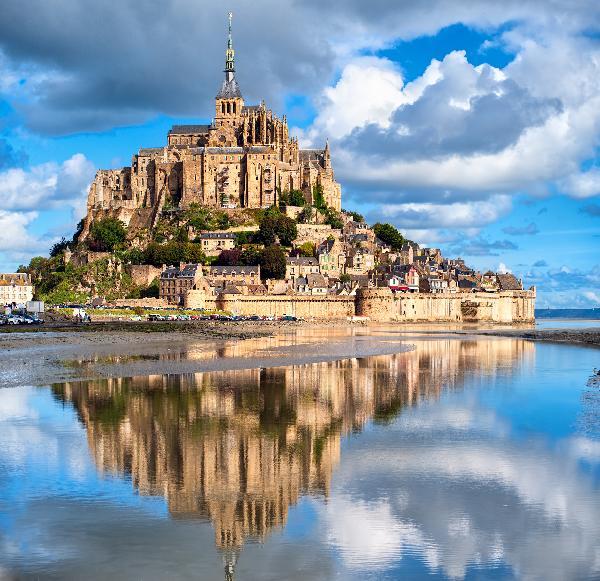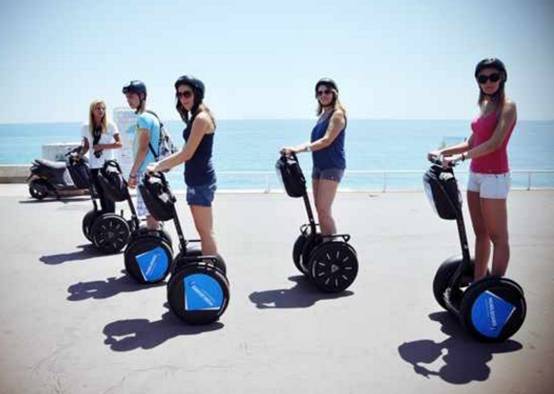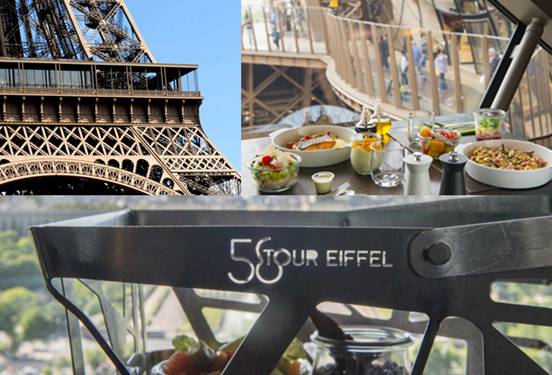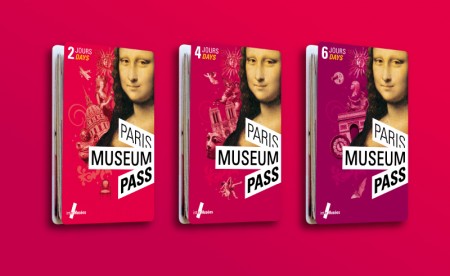A Journey Through Northern France: From Paris to Normandy and the Loire Valley

A Journey Through Northern France: From Paris to Normandy and the Loire Valley
This travel guide outlines a comprehensive road trip through northern France, focusing on art, history, nature, and culture. The itinerary begins and ends in Paris, looping through the picturesque villages of Normandy, the historic D-Day landing sites, the majestic Mont-Saint-Michel, the racing heritage of Le Mans, the châteaux of the Loire Valley, and the royal forest of Fontainebleau. Designed for independent travelers, it provides objective descriptions and practical information for a journey of approximately two weeks.
Paris: The Start and End Point

Paris, the capital of France, needs little introduction. A global center for art, fashion, gastronomy, and culture, it serves as the logical start and end point for this journey. While a lifetime could be spent exploring its arrondissements, this itinerary assumes you will have time to explore Paris separately. For this trip, it is the gateway to the French countryside.
Practical Information for Paris
Giverny: Monet's Living Canvas

Drive approximately 75 km northwest from Paris to Giverny, a village forever associated with the Impressionist painter Claude Monet. He lived here from 1883 until his death in 1926, and the house and gardens he meticulously designed are now the Fondation Claude Monet. The experience is one of stepping directly into his paintings.
The gardens are divided into two parts. The Clos Normand, in front of the house, is a flower garden arranged in colorful symmetries. Across a road and accessible via an underground passage is the iconic Japanese Water Garden. Here, you will find the famous green footbridge draped with wisteria, weeping willows, and the water lily pond that became the sole subject of his grand final series of paintings, the "Nymphéas." The pink crushed-brick house, with its studio and collection of Japanese prints, offers a intimate glimpse into the artist's life.
Practical Information for Giverny
Étretat: The Alabaster Coast's Natural Arches

Continue northwest for about 160 km to the coast of Normandy, arriving at Étretat. This small town is famous for its spectacular white chalk cliffs and natural archways that project into the English Channel. The cliffs have inspired artists like Monet and Courbet, and writer Maurice Leblanc, who set his Arsène Lupin stories here.
The two main arches are the Porte d'Aval (downstream gate) to the southwest and the Porte d'Amont (upstream gate) to the northeast. A steep path leads from the town up to the Falaise d'Aval, where you can also see the needle-like rock formation known as L'Aiguille. The views from the clifftops are breathtaking. On a clear day, you can walk for miles along the grassy paths atop the cliffs.
Practical Information for Étretat
Honfleur: The Painter's Harbor

A short 25 km drive from Étretat brings you to Honfleur, one of Normandy's most charming ports. Its picturesque Vieux Bassin (Old Dock) is surrounded by tall, slender houses with slate-covered facades, a sight that has captivated artists for centuries. It was a key birthplace of the Impressionist movement, with painters like Boudin, Monet, and Jongkind setting up their easels here.
The Église Sainte-Catherine, located just behind the harbor, is a remarkable church built entirely of wood by shipwrights in the 15th century after the Hundred Years' War. Its separate bell tower stands across a small square. The Lieutenance, a former garrison building, guards the entrance to the old port. The streets of the Enclos district are filled with art galleries, crêperies, and seafood restaurants.
Practical Information for Honfleur
Caen: William the Conqueror's City

Drive 60 km west from Honfleur to Caen, a city deeply marked by history. It was the capital of William the Conqueror, Duke of Normandy, who built two abbeys here in the 11th century. The city was also almost completely destroyed during the Battle of Caen in 1944, a pivotal and brutal conflict following the D-Day landings.
The Mémorial de Caen is not just a museum but a comprehensive center for history and peace. It provides a deeply moving and educational journey through the causes and consequences of World War II, with a particular focus on D-Day and the Battle of Normandy. In contrast, the historical heart of the city features the Château de Caen, one of the largest medieval fortresses in Europe, built by William, and the two "Abbayes aux Dames et aux Hommes" (Men's and Women's Abbeys).
Practical Information for Caen
Conclusion
This circular route from Paris offers a profound journey through the heart of French culture, history, and natural beauty. From the artistic havens of Giverny and Honfleur to the solemn history of Normandy's coast and the architectural splendors of the Loire Valley and Fontainebleau, it provides a diverse and unforgettable experience of northern France.


